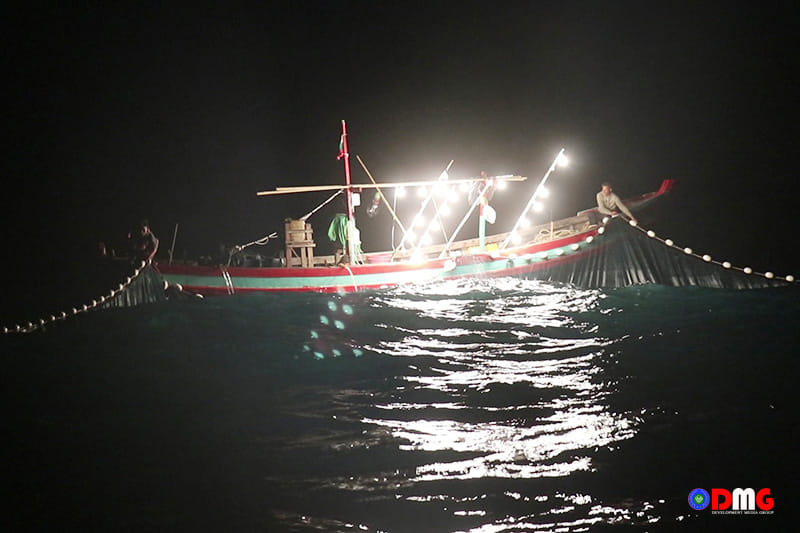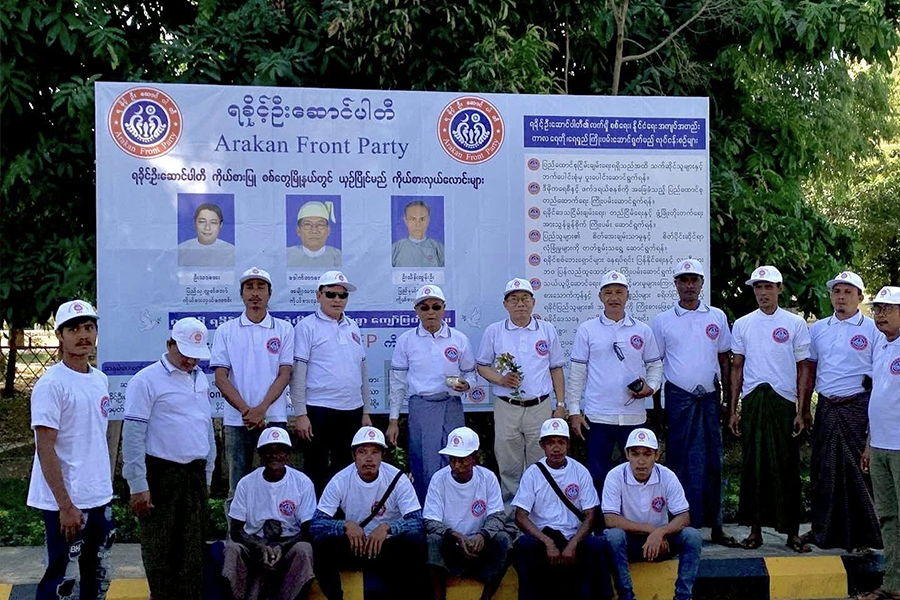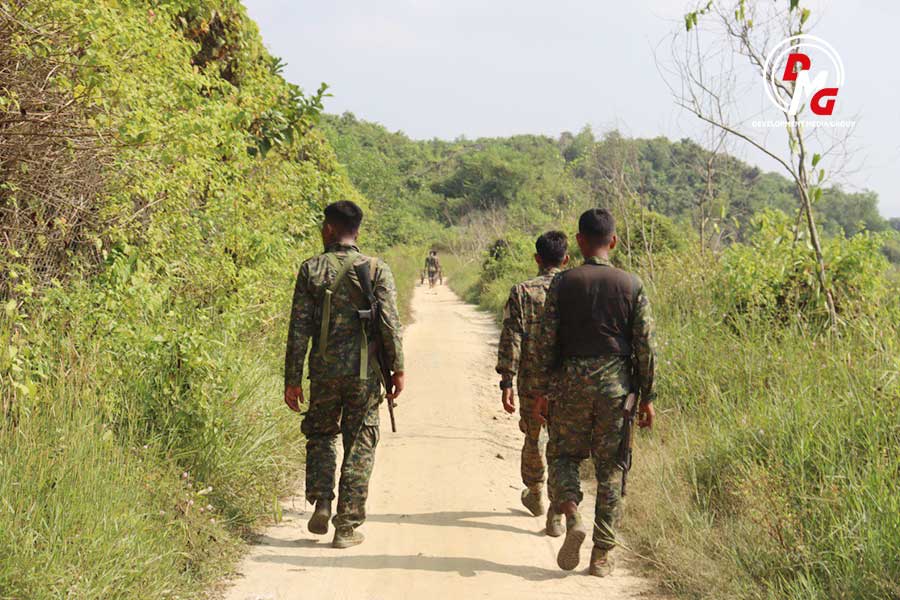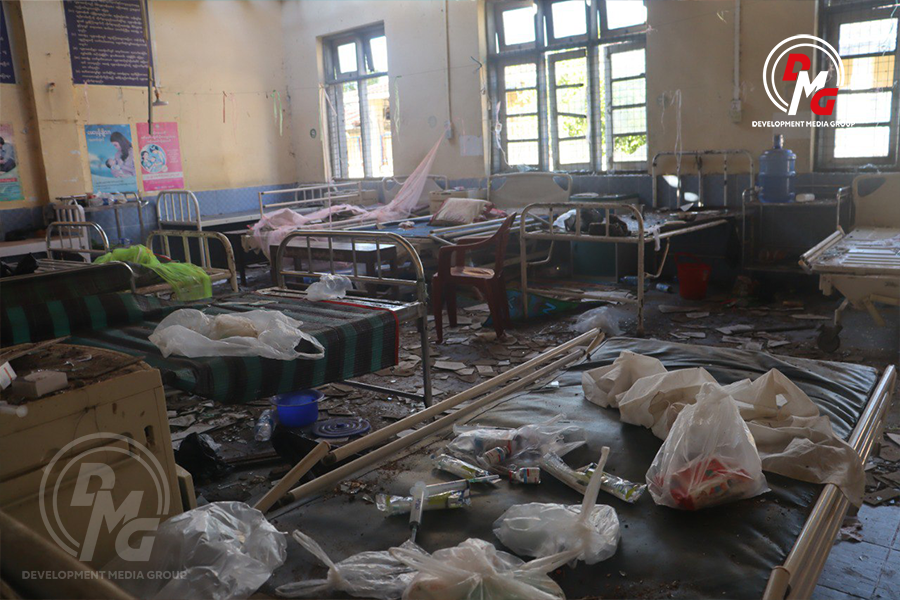- Junta unable to hold elections in dozens of wards and village-tracts in Sittwe, Kyaukphyu
- Fighting escalates between Myanmar military, Arakan Army in Ayeyarwady Region
- Regime steps up civilian arrests in Sittwe
- ULA safeguards Mrauk-U's ancient heritage
- Arakan on the Edge: What the DMG Landmine Impact Report Reveals About Myanmar's Deepening Humanitarian Crisis
Fisheries Department declares hilsa fish no-catch area in Arakan State
The Department of Fisheries warned locals on March 1 that 2,065 acres in the vicinity of Khwa Sone village in Myebon Township and Maylun village in Minbya Township, Arakan State, had been declared a hilsa fish no-catch area.
04 Mar 2022

DMG Newsroom
4 March 2022, Myebon
The Department of Fisheries warned locals on March 1 that 2,065 acres in the vicinity of Khwa Sone village in Myebon Township and Maylun village in Minbya Township, Arakan State, had been declared a hilsa fish no-catch area.
U Tin Maung Shwe, deputy staff officer for the Department of Fisheries in Myebon Township, told DMG that the no-catch order banned hilsa fishing twice a year, from April 1 to May 31, and from September 1 to October 31.
“An area from Ohnkyun Khwa Sone village in Myebon Township to Maylun village in Minbya Township, Arakan State, has been declared a hilsa fish no-catch area,” he said.
U Thet Oo, director of the Arakan State Fisheries Department, told DMG that the ban would soon allow hilsa fish to return to their freshwater and saltwater spawning grounds relatively undisturbed for more than a month at a time.
“This is not the only hilsa fish no-catch area in Arakan State. The Department of Fisheries will issue similar orders. We are looking for places where more hilsa fish can go up and down. Another hilsa fish no-catch area will likely be in Pauktaw Township,” he added.
The ban is being laid down for the long-term sustainability of the Hilsa fishing industry, its advocates say. Failure to comply with the prohibition could result in a fine or prison time under the Myanmar Marine Fisheries Law.
There are 11 hilsa fish conservation areas in Ayeyawady, Tanintharyi and Bago regions, as well as in Arakan State, according to the state’s Fisheries Department.

















